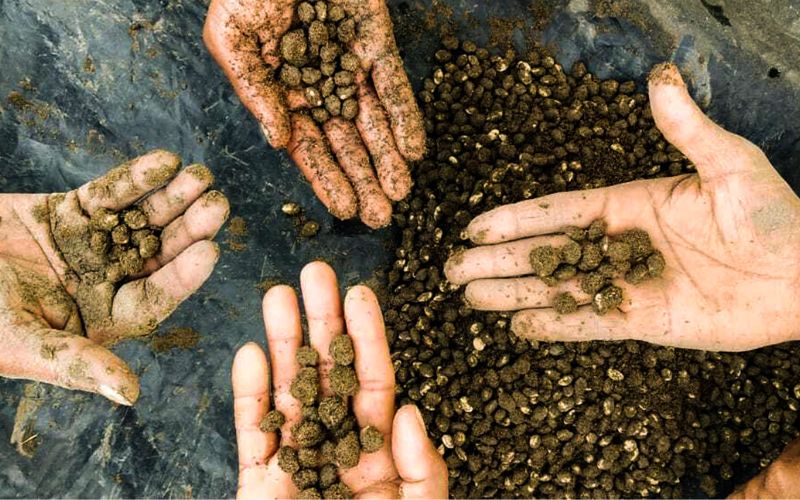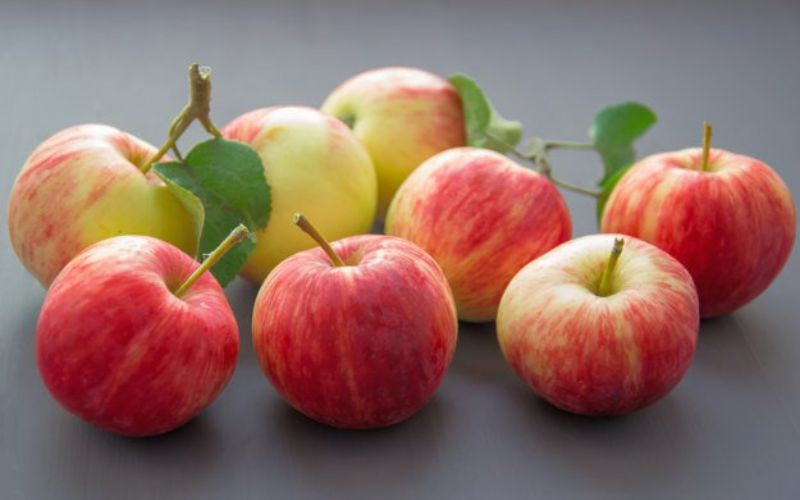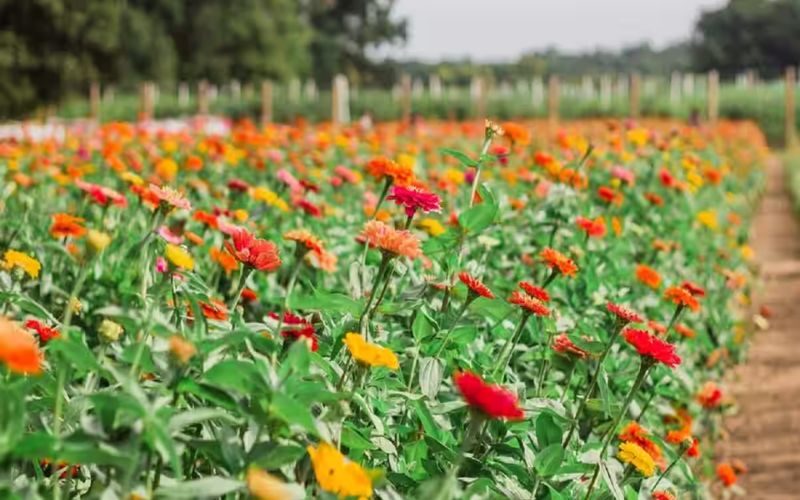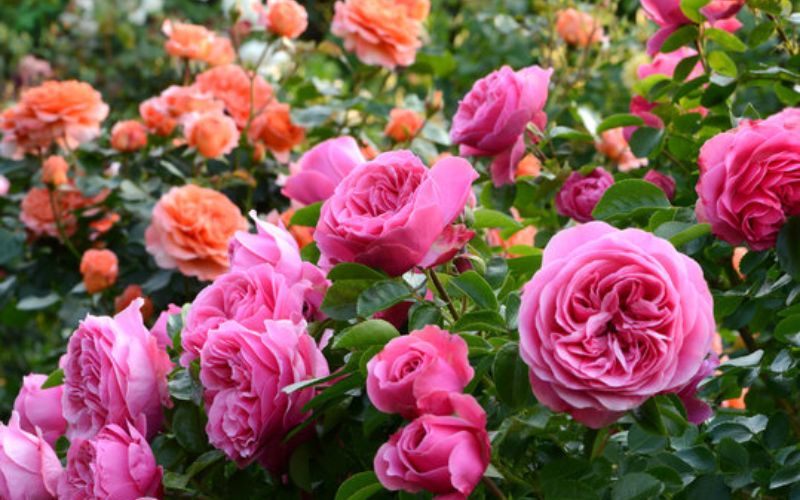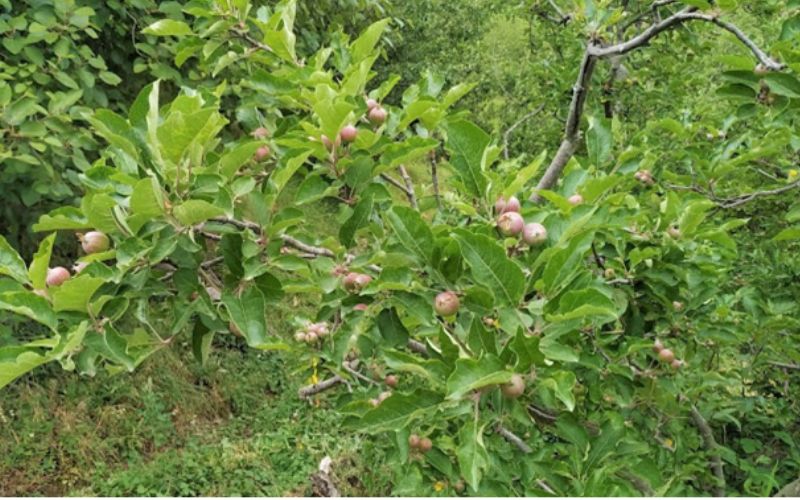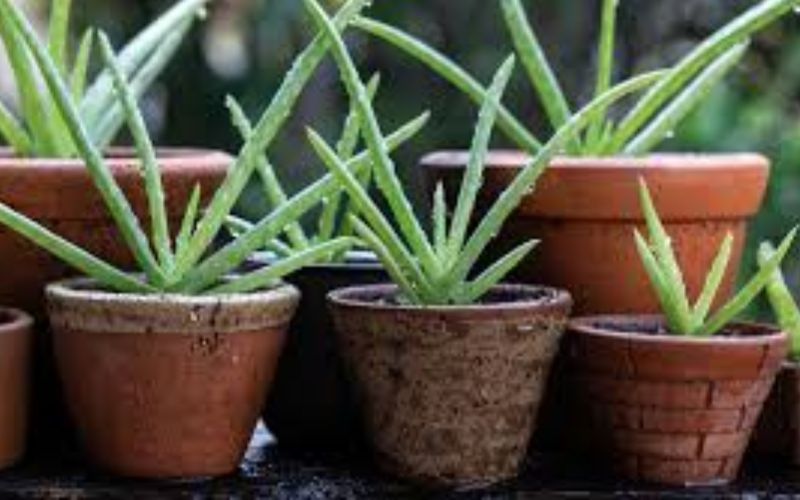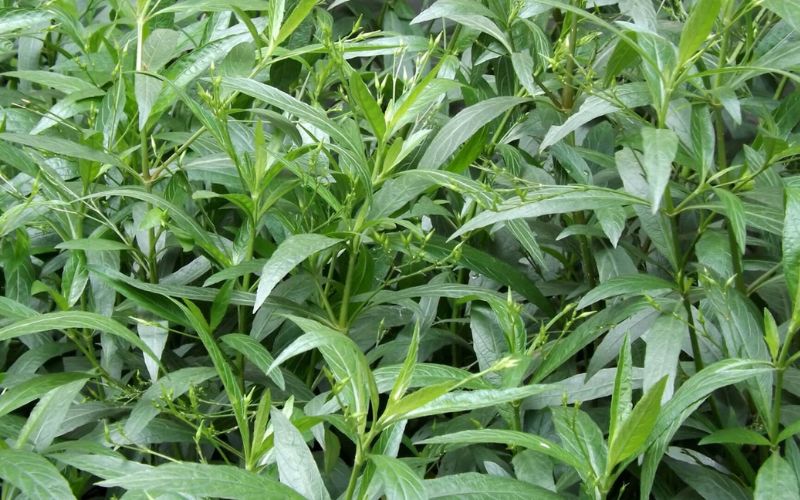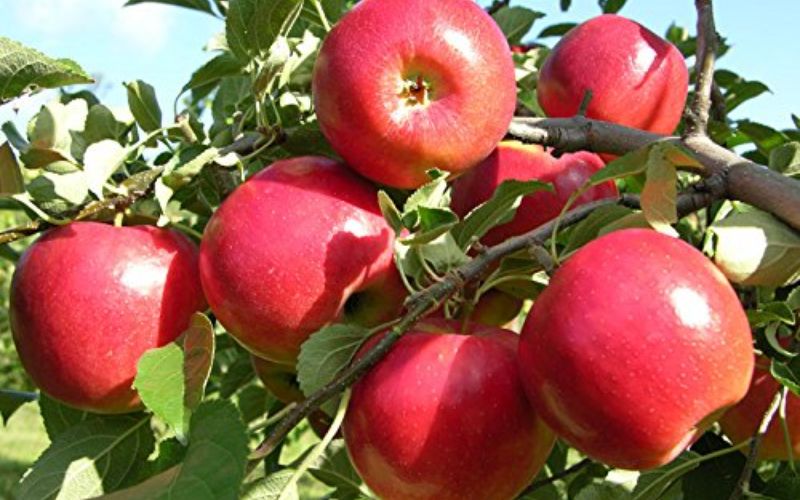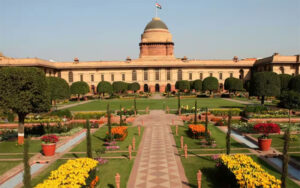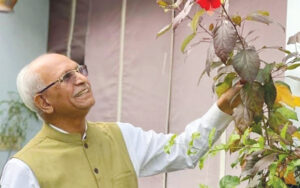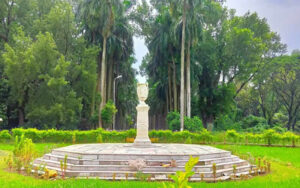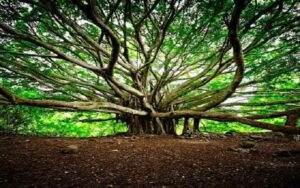Udyan Utsav II: A visual treat of summer annuals
Devarai Lava Kumar
Ph. D. Scholar, Division of Floriculture and Landscaping, ICAR-IARI, New Delhi
M. K. Singh
Head, Division of Floriculture and Landscaping, ICAR-IARI, New Delhi
Namita
Senior Scientist, Division of Floriculture and Landscaping, ICAR-IARI, New Delhi
Rastrapathi Bhavan, the residence of President of India which is famous for its magnificent gardens is now accessible to the general public for the first time in the history with a theme of showcasing the “blossom of summer annuals”. The iconic Amrit Udyan has reopened on 16th August 2023 and continues to entertain the visitors till 17th September, 2023. The President, Smt. Droupadi Murmu inaugurated this and mentioned as Udyan Utsav II, as the famed Rastrapathi Bhavan garden has opened for the visitors, second time in a year. This garden festival offers the visitors to witness the confluence of beauty with the pride once again with the summer blooms. Throughout this festive period, attendees have the opportunity to experience the incredible splendor of the gardens, which are adorned with a diverse array of flowers, trees and other botanical wonders.
Canna flower beds
Amrit Udyan welcomes now with wide range of summer annuals, where the nature’s beauty unfolds in every single bloom. In concise terms, “summer annuals” refer to plants that complete their life cycle within a single summer season. These plants are typically sown or planted in the summer, bloom throughout the monsoon months, and then complete their lifecycle by the arrival of winter, requiring replanting the following year. This importance of season’s blossom is a remainder of life’s resilience and its infinite bloom. With the theme of summer annuals, the gardens of Rastrapathi Bhavan flourished with the beautiful blooms making it more attractive during this month.

Key attractions of the Udyan Utsav II with the summer annuals are:
• Bal vatika
• Herbal garden
• Bonsai garden
• Musical fountain
• Central garden
• Arches (long garden)
• Circular garden
Bal vatika: It is a park at the starting with a representation of theme of children’s park. It is the refreshment point to the children. The components found in this children’s park typically encompass various play structures such as swings, slides, climbing frames, and sandbox areas. These areas often incorporate safety measures, interactive features, and diverse equipment tailored to children’s developmental needs and recreational enjoyment. Additionally, seating arrangements, walkways, and landscaping are often present to create a welcoming and aesthetically pleasing environment for both children and caregivers. The main attraction of the Bal vatika is the tree house which is built over 225 years old Sheesham tree.
Herbal garden: Named for its purpose and signifies the importance of many medicinal plants available for the therapeutic purposes. the Herbal Garden hosts an assortment of herbs and medicinal plants. It boasts around 35 diverse medicinal and aromatic plant species. Notable varieties include Asparagus, Ashwagandha, Barleria, Brahmi, Coleus, Chamomile, Evening Primrose, Fenugreek, Geraniums, Guggal, Sweet Flag, Kalmegh, Lemongrass, Milk Thistle, Marigolds, Palmarosa, Periwinkle, Rosa damascena, Sarpagandha and Tulsi.
Bonsai garden: Adjacent to the extended Herbal Garden lies the Bonsai Garden, a contained structure that offers an immersive experience. Within this space, an array of bonsai trees is showcased, inviting assessment based on their style, form, size, and overall aesthetics. This curated bonsai collection comprises over 50 distinct species, ranging in age from 5 to 55 years. The bonsai are decorated with the colourful stones and gravel.
Musical Garden: This is another permanent garden seen both the summer and winter openings, boasts a cluster of fountains that choreograph water jets in harmony with musical accompaniment. The synchronized spectacle of three distinct fountains captivates and enchants its audience.
Central garden: It is the main garden, that remains exactly behind, i.e., main building. This time the main garden is decorated with various ornamentals. Especially the flower beds of periwinkles, canna, celosia, cosmos and portulaca remain the major attraction. The permanent structures like lotus shaped fountains, water channels add the additional beauty to this main garden along with perennials like Moulsri trees, Thuja Orientalis and duranta hedges.
Arches (Long Garden): This time the long garden which is devoted to the roses, is highlighted with temporary structures like arches and vertical gardens. These structures are arranged with wide range of foliage plants like pothas, aglaonema, philodendron, chlorophytum, elephant bush, tradescantia, zebrina etc. The pergola was ornamented with the colourful blooms of Rangoon creeper. Vertical walls were also arranged in an organized manner with Syngonium, alternanthera etc. Even the hanging baskets also added additional attraction to the sides of the pergola which included money plant, inch plant, chlorophytum, alternanthera. The side paths are contrasted with two colours of ornamental ipomea and celosia.

Sunken garden/Circular garden: This sunken or circular garden is an ultimate end of the Amrit Udyan and it is a landscaped area that is situated at a lower level than its surroundings, often creating a depressed or recessed space. This garden design can provide a sense of seclusion, tranquility, and unique visual perspectives. It’s often characterized by retaining walls, steps, and various plantings that create a distinct atmosphere within the lowered space. This portion of the garden is designed in very attractive manner with centrally arranged fountain as a focal point. The fountain’s pool portion is arranged with some aquatic plants like waterlilies. Then it is planted with circular bed of tuberose. Then it is followed by a patch of lawn in a circular manner, then the ultimate terraces are designed with ornamental cassava, ornamental ipomea, followed by a circular track of Kochia. Then the next terrace was planted with multiple colours of portulaca blooms, which is followed by the track of colourful periwinkles (white and pinks) and compact heads of celosia. Next the ultimate row of tuberose is planted in the final terrace. Cannas of orange, red and yellow colours are planted in the border walls and climbers are trellised on the walls which represented with bougainvillea.
Bonsai arrangements
Additionally, some portions of the garden are designed with different patterns arranged with colourful pebbles, vertical gardens and potted plants with some foliage.
The creation and upkeep of these gardens demanded significant creativity and tremendous dedication. Amrit Udyan stands as a captivating spectacle for its visitors. It seamlessly blends a multitude of ornamental plants in various types, colors, and shapes, artfully arranged in the Mughal style, eliciting admiration from observers. Beyond its aesthetic allure, Amrit Udyan also plays a crucial role in conserving the local biodiversity. It offers serene and serene havens for leisure, allowing people to connect with nature while finding solace and enjoyment with the summer blooms.


